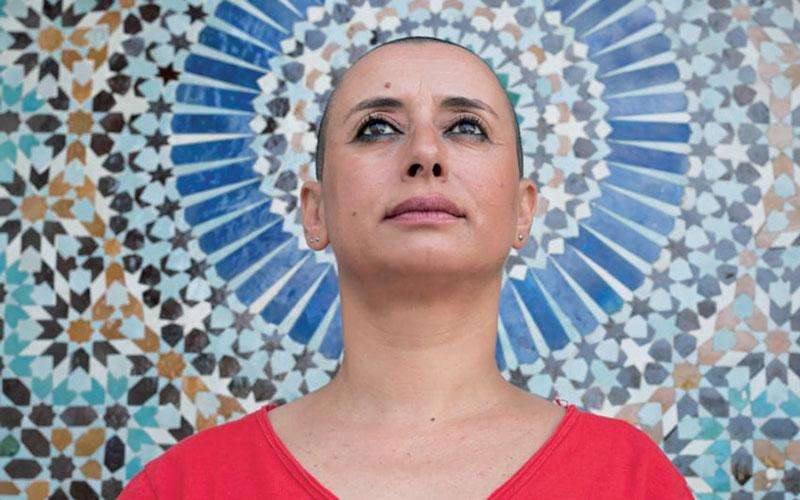Bangladesh has emerged as one of the fastest-growing economies in Asia, largely driven by its thriving ready-made garments (RMG) sector and a steady influx of remittances from its expatriate workforce. These sectors have propelled the country towards significant economic progress, lifting millions out of poverty and positioning it as a rising economic power in South Asia. However, rapid growth in these areas brings with it a potential risk known as "Dutch Disease," a phenomenon that, if not addressed, could undermine long-term development by damaging other crucial sectors of the economy. This article explores whether Bangladesh is susceptible to Dutch Disease and presents strategic pathways to avoid it, ensuring sustainable and balanced economic growth.
Understanding Dutch Disease: A Literary Insight
The term "Dutch Disease" first appeared in the 1970s following the economic challenges faced by the Netherlands after the discovery of large natural gas fields in the 1960s. Initially, this discovery seemed like a blessing; however, the inflow of foreign currency caused the Dutch guilder to appreciate sharply. As a result, other sectors, particularly manufacturing, became less competitive globally, leading to a decline in industrial output.
The essence of Dutch Disease lies in an economic imbalance where one booming sector leads to currency appreciation, reduced competitiveness in other industries, and eventually economic overdependence on a single source of income. This concept, although initially tied to natural resource discoveries, has since been applied to economies reliant on other sectors such as remittances and industrial exports. The risk of such an economic imbalance is particularly relevant for Bangladesh, given its heavy reliance on a few key drivers of growth.
Bangladesh’s Economic Landscape: At Risk of Dutch Disease?
Bangladesh does not rely on the export of natural resources like oil or gas, yet its economy shows certain parallels to those vulnerable to Dutch Disease. The country's RMG sector accounts for around 80% of total export earnings, while remittances provide a significant source of foreign exchange. This has created a narrow base of economic growth, making Bangladesh vulnerable to external shocks. If demand for RMG products diminishes due to global market shifts or heightened competition from other countries, or if remittance flows are disrupted by geopolitical tensions, the economic consequences could be severe.
Key indicators that Bangladesh might be at risk include:
1. Over-reliance on a Single Sector: Bangladesh's garment industry dominates its export basket, with little diversification into other industries. As the global garment market becomes increasingly competitive, Bangladesh risks losing its comparative advantage, particularly to emerging low-cost producers like Vietnam, India, and Ethiopia.
2. Appreciation of the Taka: Although the Bangladeshi Taka has not seen sharp appreciation like in classic Dutch Disease cases, the steady inflow of foreign currency from remittances and RMG exports exerts upward pressure on the currency. A stronger Taka could make Bangladesh's exports more expensive, eroding the competitiveness of its manufacturing sector and stalling export diversification efforts.
3. Sectoral Imbalance: With much of the country’s focus on RMG and remittances, other sectors like agriculture, light manufacturing, and high-tech industries are lagging behind. This over-concentration could become problematic in the face of external market shifts.
The Pathway to Avoid Dutch Disease: Strategic Recommendations
To prevent the economic pitfalls of Dutch Disease, Bangladesh must take a comprehensive and forward-looking approach to its economic planning. The following are some of the critical pathways the country can adopt to ensure its continued prosperity without falling victim to economic imbalances.
1. Diversifying Export Sectors
A key strategy to avoid Dutch Disease is economic diversification. Bangladesh must look beyond its RMG sector and develop a broader range of export industries. The country already has potential in areas such as pharmaceuticals, light engineering, leather goods, and IT services. By fostering innovation and incentivizing investment in these sectors, Bangladesh can expand its export base, reduce reliance on garments, and create a more resilient economy.
For example, the pharmaceutical industry has shown promise in both domestic and international markets. The government could promote this sector by providing tax incentives, easing regulatory hurdles, and supporting research and development (R&D). Similarly, the IT sector holds immense potential for growth, particularly in business process outsourcing (BPO) and software development, where Bangladesh could compete with regional players like India.
2. Strengthening Manufacturing and Infrastructure
To avoid overdependence on any single industry, Bangladesh should invest in strengthening its manufacturing sector. Creating specialized economic zones (SEZs) and attracting foreign direct investment (FDI) in diverse manufacturing areas such as electronics, automobiles, and machinery could boost industrial growth. By enhancing infrastructure – including transport, energy, and communication systems – the government can reduce production costs and improve business competitiveness.
Moreover, modernizing supply chains and investing in high-value sectors like renewable energy, green manufacturing, and biotechnology can open new avenues for sustainable growth.
3. Modernizing Agriculture and Agro-Industry
Despite the country's progress in urban development, a large proportion of the Bangladeshi population remains dependent on agriculture for their livelihood. However, agricultural productivity has stagnated due to outdated farming methods, inadequate infrastructure, and limited access to modern technology. To prevent Dutch Disease-like symptoms from eroding agricultural competitiveness, Bangladesh needs to modernize its agro-sector. Investments in irrigation systems, crop diversification, and value-added agro-products can ensure that agriculture remains a significant contributor to the economy.
Integrating agriculture with industrial sectors, such as food processing, will help add value to primary products and create a more diversified export base. Encouraging agro-based industries will also reduce rural-urban migration pressures and boost rural economies.
4. Enhancing Human Capital and Skills Development
Sustainable economic growth depends on a well-educated and skilled workforce. Bangladesh's heavy reliance on low-wage labor in the RMG sector must give way to more value-added, knowledge-based industries. Investing in education, vocational training, and digital literacy will help equip the workforce for the demands of a modern, diversified economy.
Public-private partnerships in skill development can be crucial in fostering innovation and entrepreneurship. Bangladesh must focus on creating a workforce that can excel in high-tech industries, advanced manufacturing, and service sectors such as healthcare, IT, and finance.
5. Managing Currency Fluctuations and Exchange Rates
To prevent the risk of an overvalued currency, the Bangladesh Bank must maintain a balanced and competitive exchange rate. A managed floating exchange rate policy can help shield the economy from sharp currency appreciations that would harm export competitiveness. The central bank should also consider currency interventions when necessary to avoid sudden capital inflows that could inflate the Taka’s value.
Remittance inflows, while beneficial, should be managed carefully. Instead of encouraging excessive consumption, policies should focus on channeling remittance earnings into productive investments, such as entrepreneurship, housing, and rural development.
6. Encouraging Innovation and Technology
For Bangladesh to avoid the pitfalls of over-reliance on a single sector, it must embrace innovation and technology. Government initiatives that foster R&D, promote technological upgrades, and encourage the adoption of Industry 4.0 practices can be game-changers for the country’s industrial base. Bangladesh can follow models of successful Asian economies like South Korea and Singapore, which transformed from labor-intensive economies to tech-driven powerhouses by prioritizing technological advancements and innovation in every sector.
Conclusion
Bangladesh’s remarkable economic journey is one of resilience, hard work, and visionary leadership. However, to continue on this upward trajectory, the country must recognize the potential risk of Dutch Disease and take proactive measures to avoid it. By diversifying its economy, investing in new industries, managing its exchange rate carefully, and modernizing key sectors like agriculture and manufacturing, Bangladesh can steer clear of economic imbalances and secure a prosperous and sustainable future.
Through visionary policies, strategic investments, and a commitment to human capital development, Bangladesh has the opportunity to not only avert Dutch Disease but also to emerge as a diversified and robust economy, ready to face global challenges and opportunities head-on.
--
Author: Associate Editor, Diplomats Magazine








.svg)




